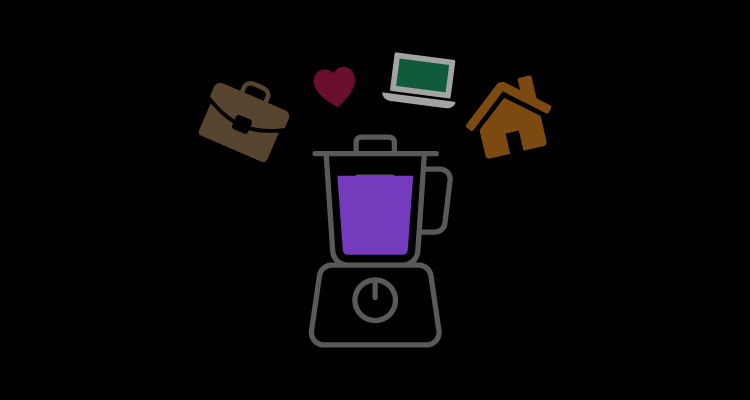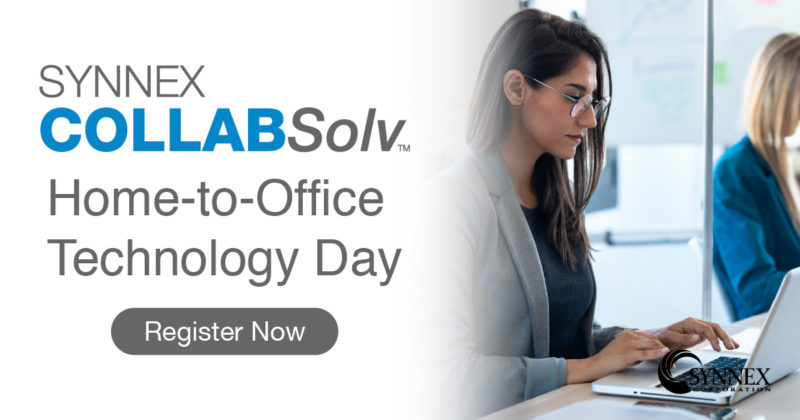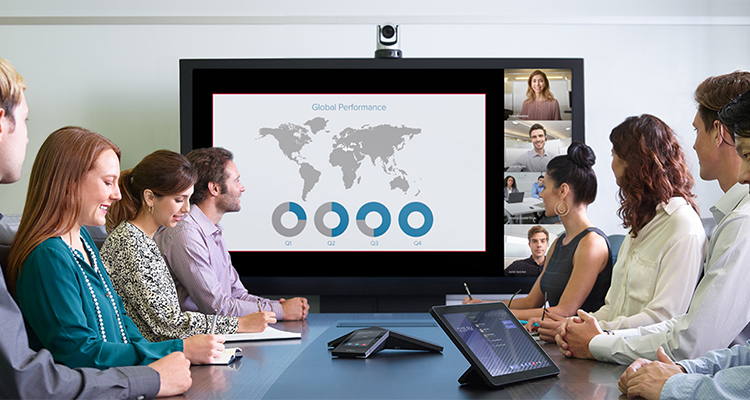Video Collaboration Has Finally Arrived

By David Danto
Poly
In the 1960s and 1970s, automotive advertisements talked about gas mileage, safety, handling, zero to sixty, etc. People purchased cars based on perceived performance and didn’t want to get stuck with a “lemon” that was too hard to use. If you watch TV commercials for cars today, you’ll see a completely different set of talking points. It’s all about features. Is Alexa built-in? Can the car automatically apply the brakes in dangerous situations? Can it park itself in tight spots?
When automotive safety, reasonable gas mileage and decent performance became a given, the industry moved on to a discussion about cool features.
I bring all of this up because the collaboration industry recently passed the same hurdle. For years, manufacturers were trying to convince users that the technology was reliable, stable and easy to use. The horrific pandemic we’re living through forced people to use and get good at collaboration platforms to an extent that no formal adoption plan could ever have achieved. The result is that video platforms and components — just like the cars — have stopped touting their performance and reliability. Now they talk about how cool their virtual backgrounds are, how well their AI performs at automatically setting shots and tracking action, how strong their noise reduction is and how fancy their group shot layouts are.
The industry didn’t get the celebration it deserved (as no one has really been in a mood to celebrate considering the pandemic) but the fact that video collaboration works as well as we always said it could has finally become a given.
What does this mean for 2021 and the future?
Well, for one, hybrid working is here to stay. To a huge extent, knowledge workers are going to work from wherever they deem is the most appropriate for the task at hand. Individual work may be done at a home workstation, group work may be done from a redesigned office, productivity tasks may take place from mobile devices during travel and — thanks to the cloud — everyone will be able to function nicely from wherever they are. There will no longer be an expectation that work takes place in the same way every day.
This means that knowledge workers will embrace the idea that multiple tools may be needed — as there is no one-size-fits-all tool that works in all locations and situations. For just one example, more people will begin to use more than one headset — such as a different one at their desk than they use while traveling.
Offices will also be completely transformed for the future — using smaller footprints, and with a new mission — one that is primarily for group work (meetings, brainstorming, celebrating) instead of individual work. The past accepted ratio of 30% meeting rooms to 70% workstations at offices will probably completely flip. In addition, going forward, every office meeting room will need to be equipped with modern, AI-driven collaboration technology — as each will be needed to routinely connect to the much larger percentage of remote workers.
Enterprise technology managers will also realize that room endpoints that lock them into one platform (or ones that strongly emphasize one platform with only an interoperability scheme for other platforms that may work today, but may not tomorrow) are not the safest choices for the future. This will make endpoints and devices that can natively connect to different collaboration services much more valuable to the enterprise going forward.
This next normal, where more knowledge workers work remotely more of the time, will require a change in how they are typically managed. Instead of tracking the hours that knowledge workers are at their desks, managers will instead need to gauge their productivity and results. This change will also free up knowledge workers to live where they want (not necessarily a close, daily commute to and from and office) and work when they want — which may not necessarily be nine to five anymore.
In fact, I believe the entire concept of work-life balance will morph into work-life blend. Typical workdays for knowledge workers may start and end at different times, may include a blend of personal and professional tasks and may include leisure activities. As long as all needed tasks are completed, any needed meetings are attended and employees are reachable and productive on mobile devices, the location where any given task is accomplished will be less and less relevant.
With multiple tools and modern technologies to help us along the way, the next normal may never resemble the last one — and I predict that that will be a good thing.
David Danto is director of UC strategy and research at Poly and an industry consultant and analyst covering AV, IoT, mobility, multimedia, video and unified communications.





